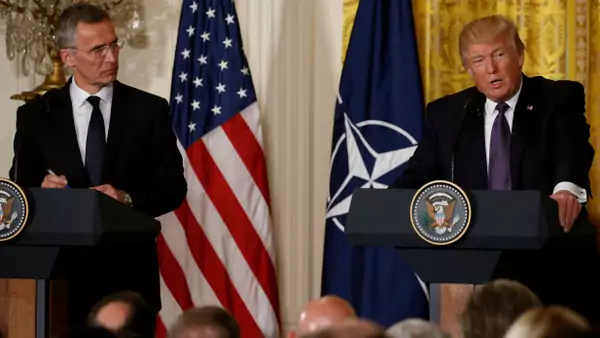Rashmini Koparkar
 SCO is an opportunity for India to expand its political influence and economic footprints in the Eurasian region.
SCO is an opportunity for India to expand its political influence and economic footprints in the Eurasian region.
This must not stop with annual visits, but involve comprehensive engagements that would raise India’s international stature.
India became a full member of the Shanghai Cooperation Organization (SCO) on 9 June in Astana. Along with India, Pakistan has also joined the forum. Inclusion of the new members has expanded the organisation’s geographical outreach, and has raised its international stature. SCO now represents 42 per cent of world's population, 20 per cent of global gross domestic product (GDP), and 22 per cent of land. From India’s point of view, this membership brings some challenges and a lot of opportunities.
History of the SCO











